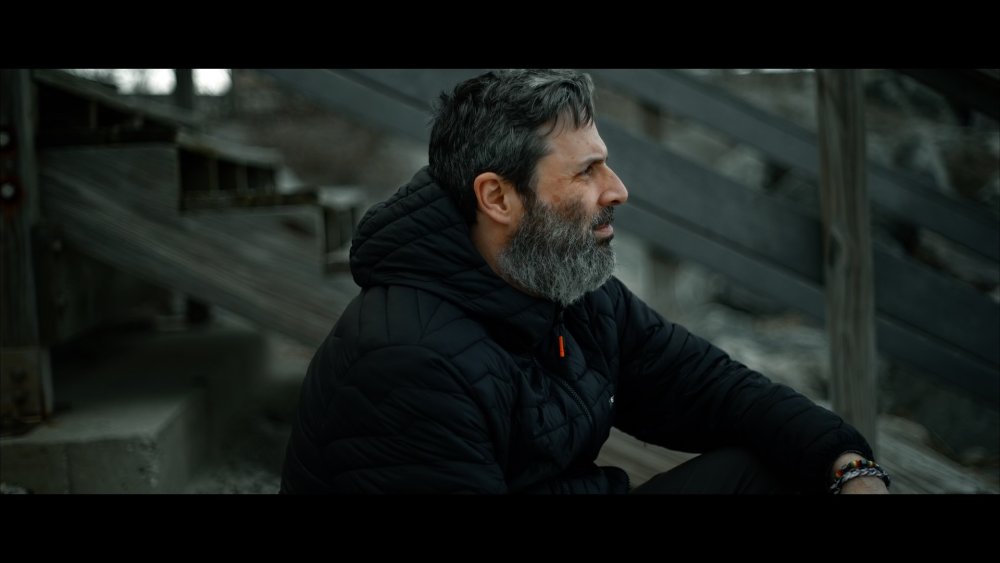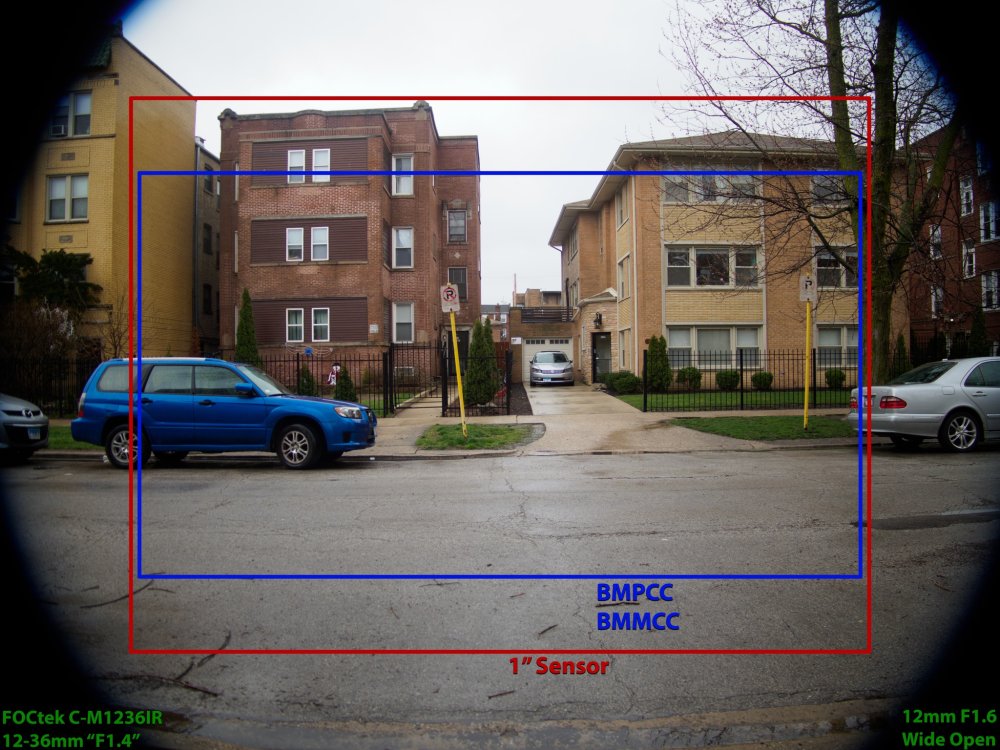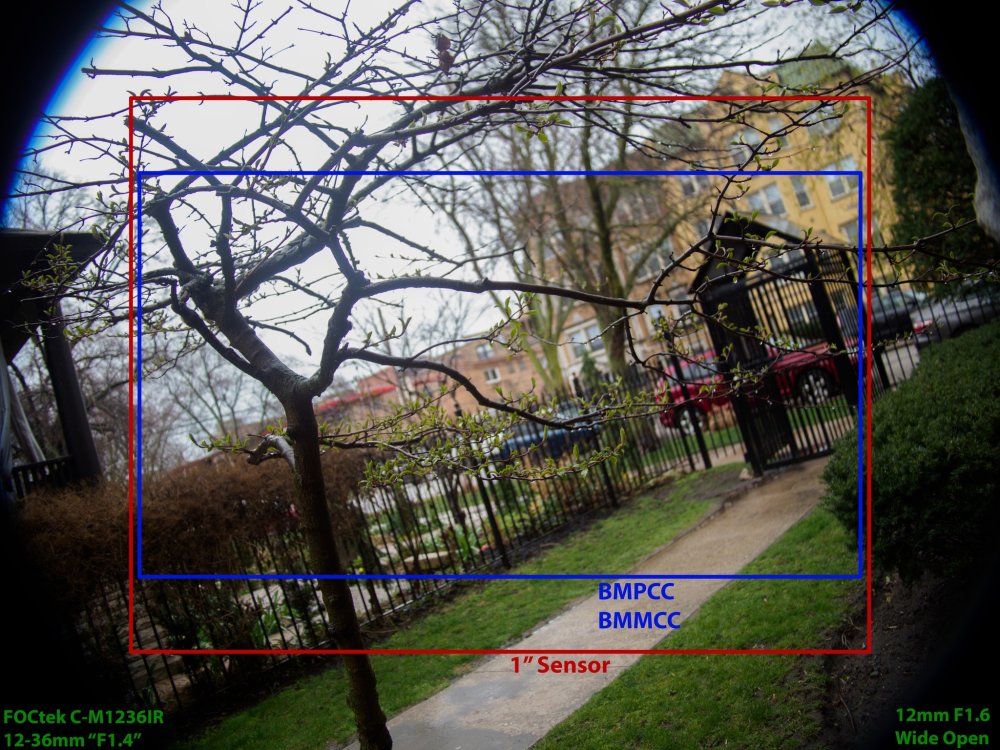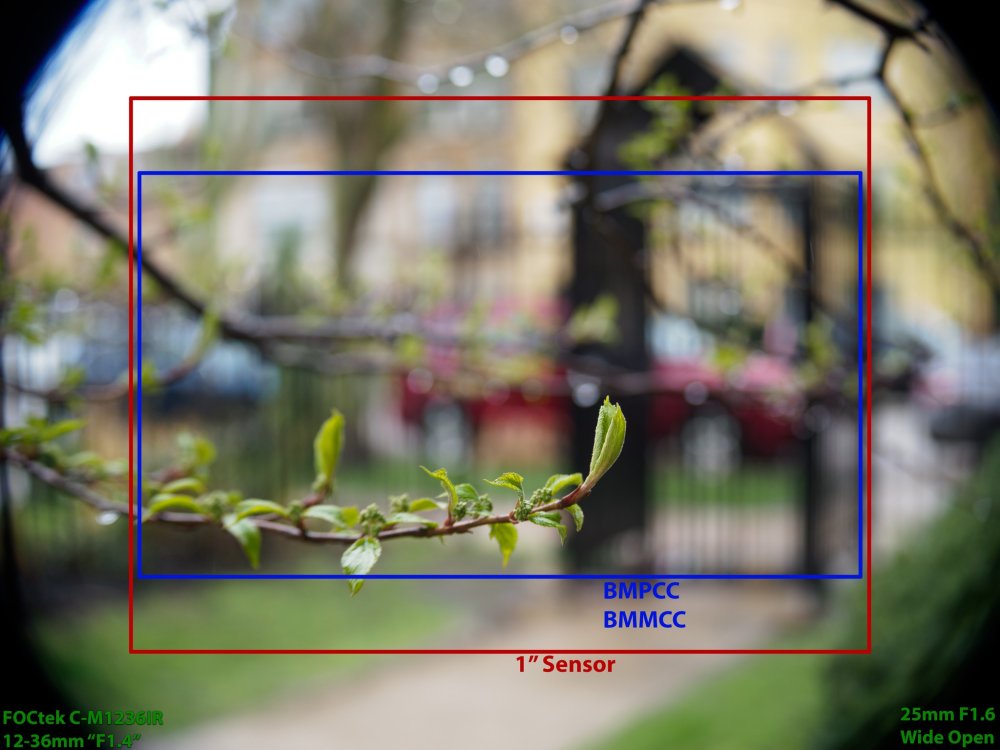Leaderboard
Popular Content
Showing content with the highest reputation on 04/09/2024 in all areas
-
Looks stellar.@mercerGood thing the Sigma is not really better regarding battery performance in comparison to the P2K. That way I won't long for it.:) Wow, awesome find! @QuickHitRecordWould love to see some results and moving pictures filmed with that lens. The 2/3" route could also show some potential for tiny zooms. I found a 6x 11.5 - 69mm Kowa, which translates to a 44 - 264mm lens in 135 film terms, weighting 300g. 10mm at the wide end would have gotten me exited. On a 2/3" cropped Eos M or a GH5/6 with a 2x Digizoom this might still be an interesting zoom lens.1 point
-
Here's another shot from the Tak/FP combo. I don't know about anybody else, but I have been noticing some major disparities between the image in my computer and what the image looks like posted to different sites/devices, so this is also a test of that for me. Either way, I really like this lens with the FP. I've been saying for years that some lenses just work better with certain cameras. I was about to sell this lens, now I'm going to dig through my closet and find my 35/3.5 Tak.1 point
-
I wouldn’t even be slightly concerned about any such minor discrepancies. Yes, there is getting it right in camera, ie, technique (including lighting) and there is bound to be some fiddling in post to ‘equalise’ the output between any combo of bodies and lenses etc. Just bring some drone footage into the mix and there’s something else to ‘equalize’. I’d be far more concerned with how the tools feel to work with; weight, ergos etc. Sony, Nikon, Lumix, Canon…it’s not difficult to match it, never mind keeping it in brand. Unless you tell folks or ask, no one ever knows what you shot it on. And outside of nerds like us, no one cares!1 point
-
If you prefer the 'look' from a particular camera, then I guess you should buy that one... But as soon as you take it outdoors under a broken cloudy sky and press the record button, the angle, intensity and colour of the ambient light will be constantly changing, giving you an ever changing palette of 'looks' that you didn't ask for... which as Kye suggested above you'll have to adjust for in post anyway to get a cohesive 'look'. (I was once on the top of a mountain pass, looking down a wide valley, in the aftermath of a storm the day before. The fast moving thick clouds meant it would change from bright sunshine to deep shadow every few seconds. It produced very dramatic lighting - and some nice stills and video - but setting camera exposure settings was almost a lottery...)1 point
-
Something that people tend to forget is that products will have a performance tolerance range (nothing is perfect) so if you tested say 100 nominally identical cameras there would be performance and 'calibration' differences between them. I suspect that at the low-price end of things, per-unit testing doesn't go much beyond functional tests with a few basic performance tests and adjustments, with more detailed performance testing only done on a random sample basis (to check/ensure ongoing production quality). As chip datasheets often say about some spec parameters - 'performance guaranteed by design' i.e. we don't production test this performance parameter, or 'not 100% tested' i.e. we only do random sample testing of this. The 'analog' performance of image sensors, in terms of things like noise levels will vary - so you might be lucky and get a camera with a better than average sensor or unlucky and get a worse one - but most will be close to average. Consumer/Prosumer cameras are not intended to be calibrated scientific instruments (and supplied with 'traceable' calibration certificates as a consequence), so it doesn't surprise me that the same nominal exposure settings can produce different results on different cameras (especially between brands). Lenses can also have noticeable performance differences between samples of the same lens (de-centering is a common problem) - Lensrentals have highlighted this in some of the articles on their website.1 point
-
FX30 vs. fx3 (zve1) image discussion
ac6000cw reacted to eatstoomuchjam for a topic
Yeah - as kye said, ISO is not invariant between cameras. In theory, it should be - as the name implies, there is actually an ISO standard (ISO 12232) for how sensitivity of a digital medium should be measured (and before it, there was one for how sensitivity of film should be measured), but either the digital spec is insufficiently exact or different manufacturers just choose to ignore some or all of it. This is one of the reasons that side by side camera shootouts tend to devolve to pointless arguments and bickering in the comment section. There are too many variables. Similarly, the t-stops marked on different cinema lenses aren't fully consistent between vendors in how much light they transmit. I haven't found them to be radically different (not nearly as much as with f-stops!), but there can be noticeable differences.1 point -
Tony Northrup did a video, probably over a decade ago now, comparing ISO between cameras and found that in the same exact situation different cameras give different exposures at the same ISO, up to almost a stop. IIRC his test was meticulous using the same lens etc and he was shooting RAW, so there was no in-camera processing etc. His conclusion? It doesn't matter... because of all the reasons people have posted above.1 point
-
But objects in the footage from both cameras are the same size. If one camera is APS-C and the other is full-frame, and they were using the same lenses, those objects would not be the same size. So maybe the differences you're seeing are due to different lenses being used (or the same zoom lens on both cameras but at different focal lengths), or something was done in post. The person who did this comparison is introducing too many variables for it to be an informative test.1 point
-
Those are all absolutely KILLER deals... well done!!1 point
-

Lenses
PannySVHS reacted to QuickHitRecord for a topic
Actually, that 12-36mm lens I mentioned earlier seems like it might fit the bill, if you are willing to make some modifications. I posted a question about it on another message board and a member named Boris Simović actually had one. He shared these photos (attached), taken with his E-M1 Mark II. To get the lens to work with his MFT body, he removed the rear plate and just screwed on an MFT adapter in its place. It won't focus to infinity at the longer focal lengths yet, but he's going to see if he can work with the adapter a little more to make it work. He says it's somewhat heavy and feels like it needs more lubricant, but I think that the images look very promising. It's available as the FOCtek C-M1236IR in the US for around $300, or $160 on AliExpress (without coupons applied). I am seriously struggling to keep myself from picking up a copy. But maybe you would be interested?1 point






